Personal letter of introduction template
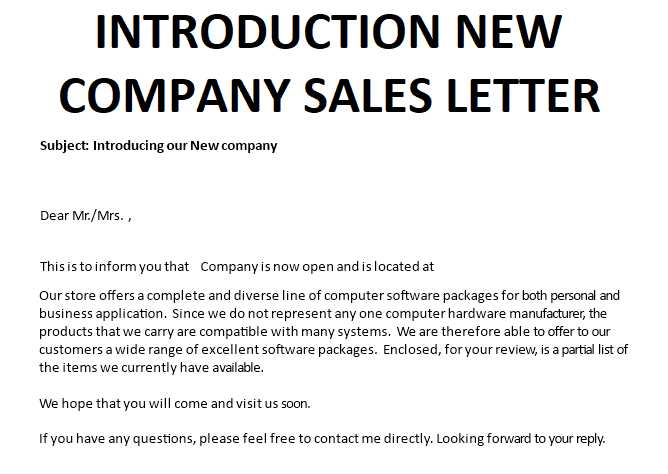
Writing a personal letter of introduction is a straightforward task when you follow a clear structure. Begin by addressing the recipient in a polite and professional manner. Clearly state the purpose of your letter, whether it’s for networking, seeking a job opportunity, or introducing yourself in a personal context.
Start with a brief self-introduction. Mention your name, your background, and why you are reaching out. If the letter serves as an introduction between two people, include a line about how you know both parties and why you’re connecting them.
Next, highlight the key information the reader should know about you. This could be your skills, accomplishments, or goals, depending on the purpose of the letter. Be concise but clear. Use direct language to emphasize the most relevant details, avoiding any unnecessary elaboration.
Wrap up the letter by expressing your interest in the recipient’s response. Include a call to action, such as suggesting a meeting or requesting further communication. Make sure to sign off politely and offer any necessary contact details. Keep the tone warm yet professional to leave a positive impression.
Structuring Your Personal Letter: Dos and Don’ts
Do be clear and concise. Keep your letter focused on the key points, avoiding unnecessary details. Your goal is to introduce yourself effectively without overwhelming the reader. Start with a brief but clear statement about who you are and why you’re writing.
Don’t ramble. Avoid going off-topic or adding irrelevant information. Stick to the purpose of the letter and make sure each paragraph serves a specific function.
Do: Show Personality
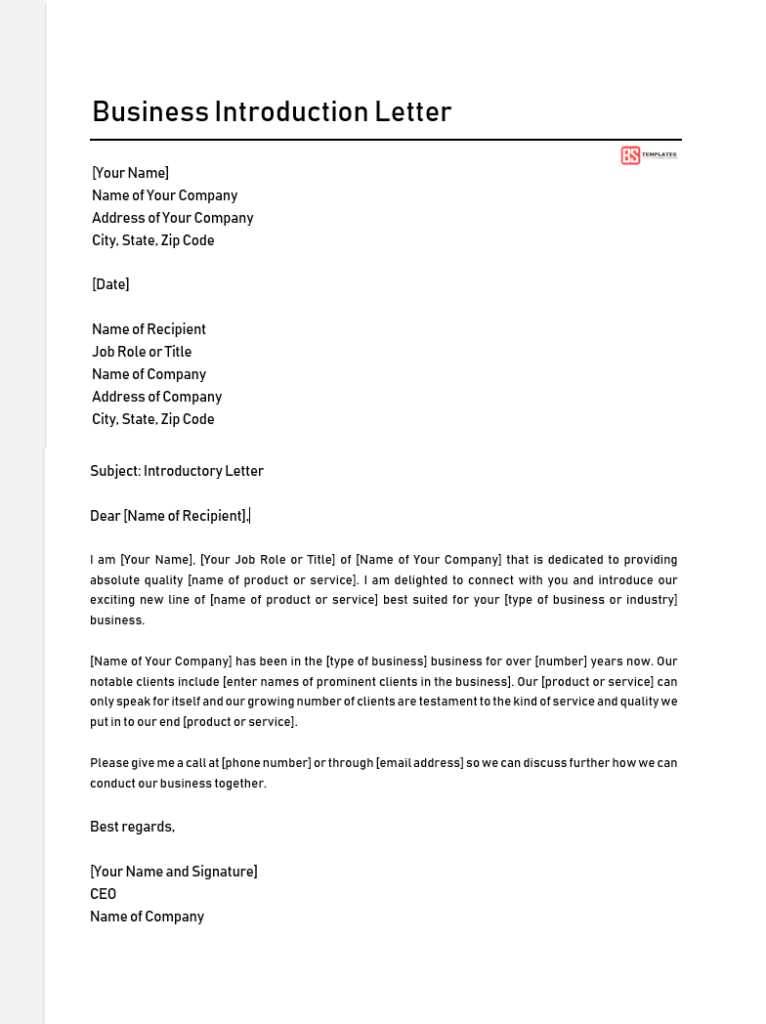
Do infuse your letter with your own voice. A personal letter is your opportunity to express yourself authentically. Use language that feels natural and true to your style, while remaining professional.
Don’t be too casual or informal. Striking a balance between professional and personable tone is key. Keep your language friendly but appropriate for the context.
Do: Organize with Clear Structure
Do organize your letter with a clear introduction, body, and conclusion. A well-structured letter makes it easier for the reader to understand your message. Use paragraphs to separate different ideas and avoid large blocks of text.
Don’t skip the closing. End your letter with a polite thank you or invitation for further communication. A strong conclusion leaves a positive impression.
Customizing Your Letter for Different Situations
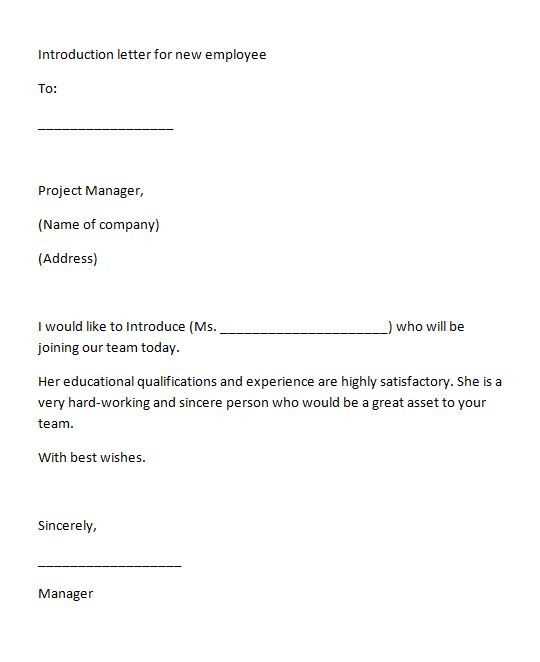
Tailor your letter’s tone, structure, and content based on the specific situation and the recipient’s preferences. For formal occasions, such as job applications or professional introductions, use a clear, respectful tone. Focus on your qualifications or the purpose of the introduction, keeping your language concise and direct.
For Job Applications

Highlight relevant experience and skills that align with the job description. Avoid unnecessary details that do not contribute to your application. Be sure to address the hiring manager by name, if possible, and reference the specific position you’re applying for to show you’ve researched the company and role.
For Informal Introductions
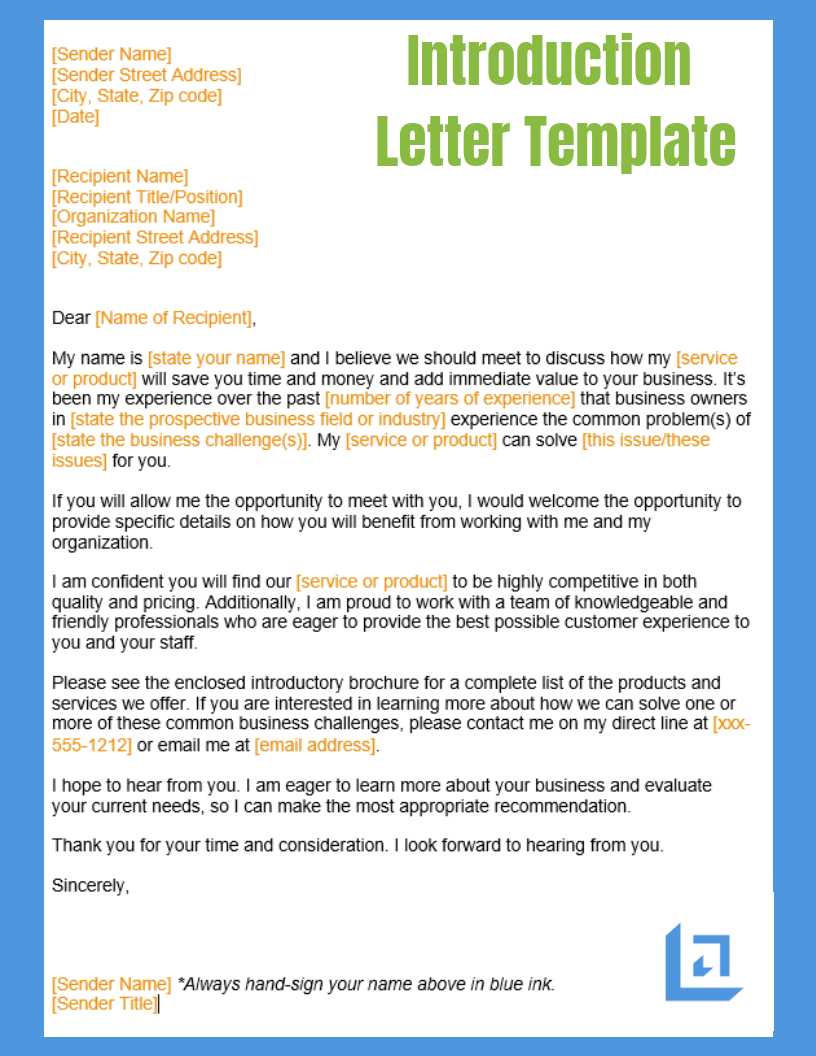
In more casual settings, such as introducing yourself to a new neighbor or connecting with someone at an event, keep the tone friendly but not overly familiar. Share a bit about yourself, your interests, and the reason for reaching out. A conversational approach helps set the right mood without being too formal.
Tips for Polishing Your Personal Letter Before Sending
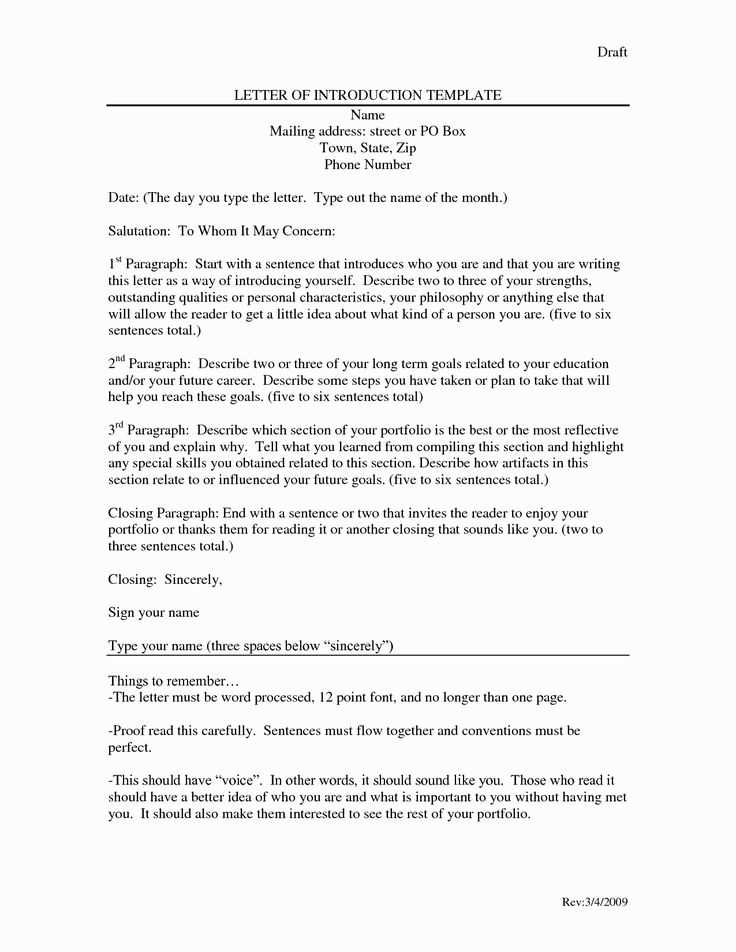
Read your letter aloud. This simple step helps catch awkward phrasing or unclear sentences that may disrupt the flow. You’ll also notice areas where the tone might not align with your intention.
Check for consistency in style and tone. Make sure your voice remains the same throughout the letter, whether it’s formal or conversational. Shifting tones can confuse the reader.
Edit for clarity and brevity. Eliminate unnecessary words or sentences that do not contribute to the main message. A concise letter holds the reader’s attention better.
Ensure proper grammar and punctuation. Use a grammar tool or ask someone else to review your letter. Small errors can distract from your message and reduce the professionalism of the letter.
Double-check the recipient’s details. Ensure the name, title, and address are accurate. This small touch adds to the letter’s credibility and shows attention to detail.
Tailor your conclusion to fit the context. Whether you’re making a request, offering gratitude, or seeking a response, ensure your closing aligns with the purpose of the letter.
Leave the letter for a while before reviewing it again. Distance allows you to spot any overlooked issues and approach your letter with a fresh perspective.